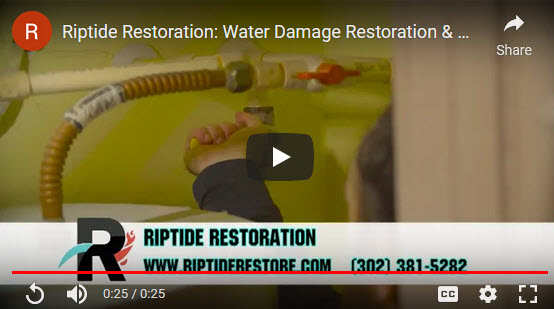How Long Does It Take For Water To Damage Foundation?
Water Damage

Keeping your gutters clean may seem like an unusual method for preventing damage to your home's foundation, but it actually plays a crucial part in ensuring the foundation of your home is stable. The function of your gutters is to divert rainfall away from the foundation of your house and towards the street, where it may be collected by storm drains and cleaned.
Whatever you do, do not plug in or switch on your appliances right away, since the components of such appliances may have been corroded or damaged by the flood water (see our article on "What you should know about water-damaged appliances" for more information). Consumer Reports advises getting rid of any home device that was flooded in floods, such as a washing machine or stove, because doing so is the safest course of action. Before bringing a previously used appliance back into use, you should have a trained technician examine it to see whether or not it can be saved.
The fact that water removal is one of the primary components of fire damage cleaning and restoration is something that a lot of people find to be surprising. However, in order to put out fires, firefighters use water and occasionally chemicals. The water used to put out fires needs to be removed before it may grow mold or cause more damage. The process of restoring the damage caused by smoke may begin once the water has been extracted and the goods that were harmed have been removed from the residence.
How Long Does It Take For Water To Damage Foundation?